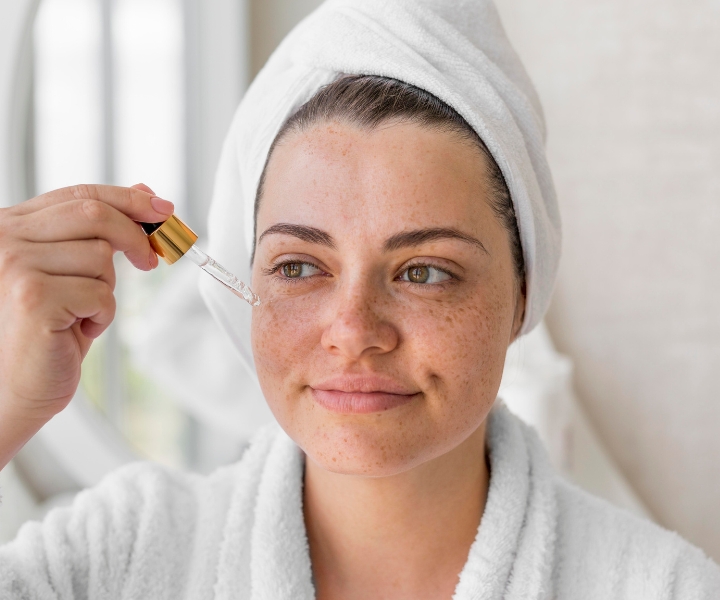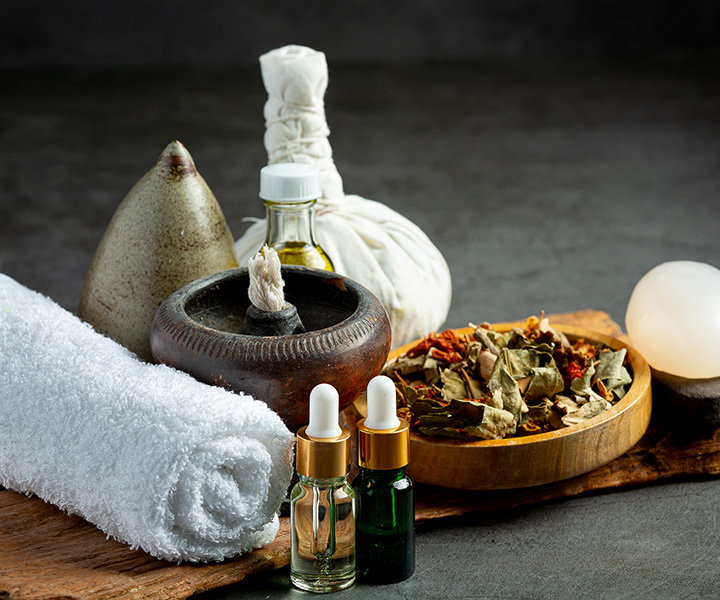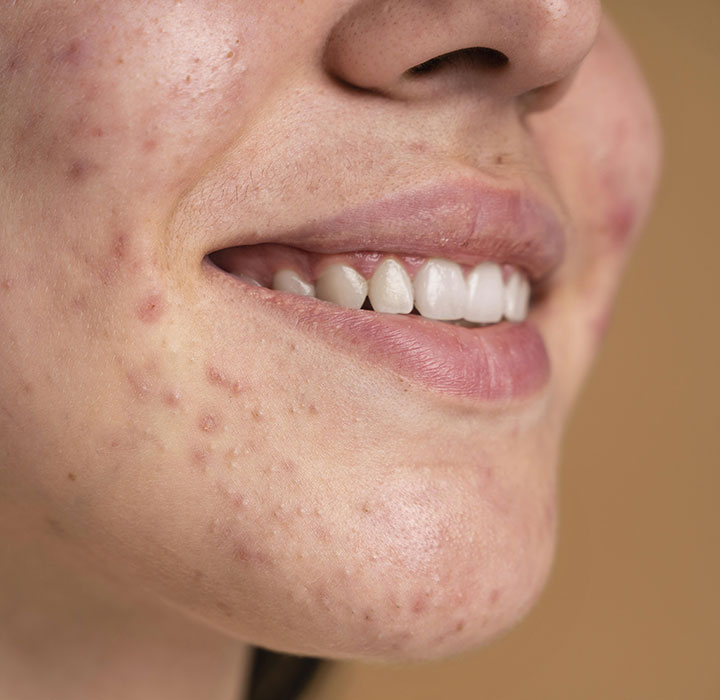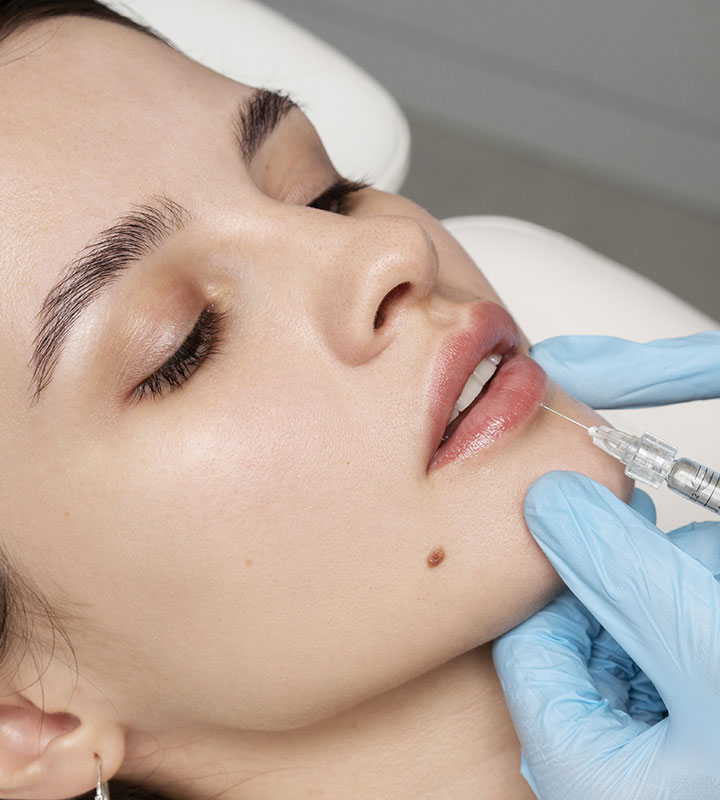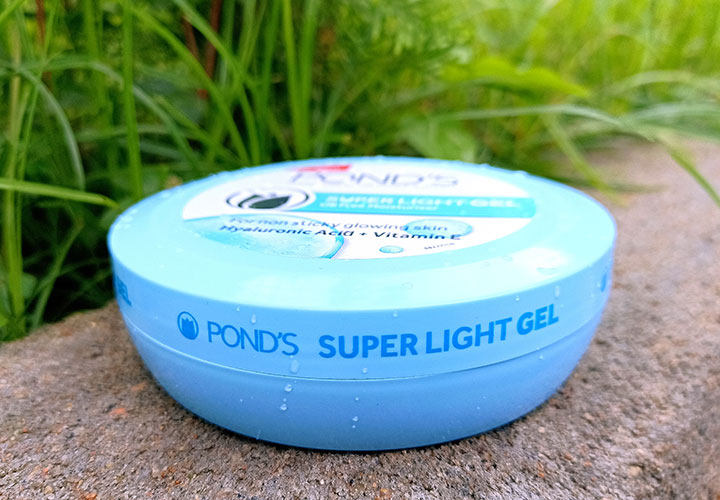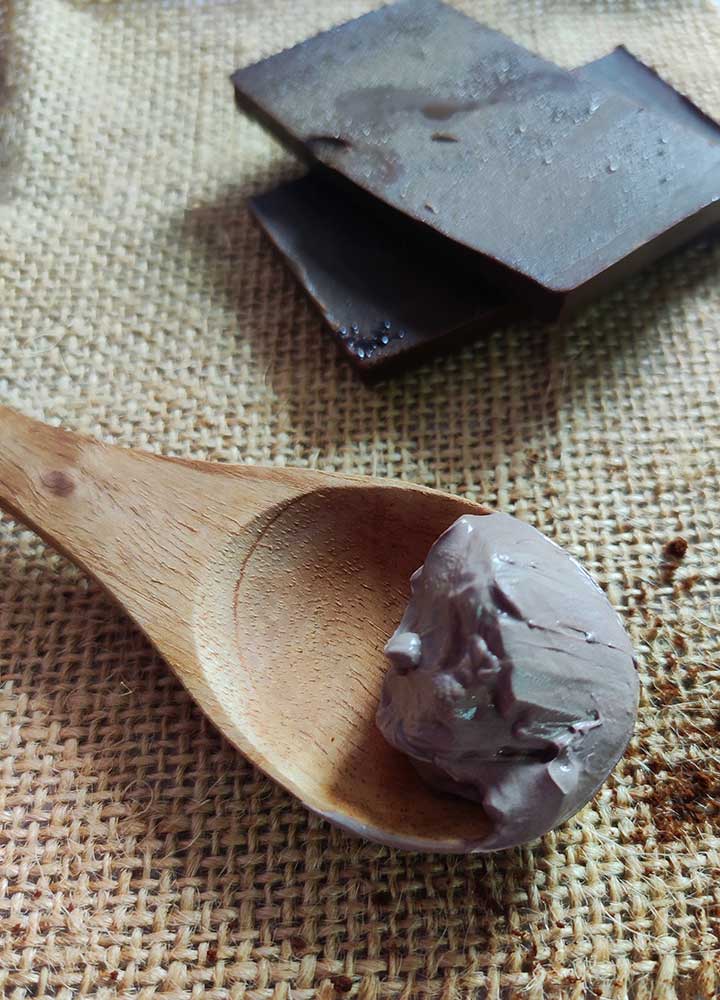
Skin pigmentation is a common skin concern that affects millions of individuals worldwide. Whether it’s caused by sun exposure, hormonal changes, or aging, hyperpigmentation can lead to uneven skin tone and a lack of confidence.
Fortunately, modern skincare offers a wide range of products to combat this issue, with one of the most effective being anti-pigmentation serums.
In this article, we will delve into the use of anti-pigmentation serums, exploring their benefits, ingredients, application, and overall effectiveness in achieving brighter, even-toned skin.
Let’s Understand Hyperpigmentation
Before diving into the specifics of anti-pigmentation serums, it’s crucial to understand the root cause of hyperpigmentation.
Hyperpigmentation occurs when melanin, the pigment responsible for skin color, is produced in excess. This can be triggered by various factors, such as:
- Sun Exposure: Prolonged exposure to ultraviolet (UV) rays stimulates melanin production, leading to sunspots and freckles.
- Hormonal Changes: Hormonal imbalances, especially during pregnancy or while taking birth control pills, can cause melasma—a specific form of hyperpigmentation.
- Post-Inflammatory Hyperpigmentation (PIH): After experiencing acne, wounds, or inflammation, the skin can develop dark spots in the affected areas.
- Aging: As we age, the skin’s ability to regulate melanin production diminishes, resulting in age spots and an overall uneven complexion.
What are Anti-pigmentation Serums?
Anti-pigmentation serums are formulated to target and reduce the appearance of dark spots and uneven skin tone.
These face serums contain a potent blend of active ingredients that work synergistically to address hyperpigmentation while promoting a brighter and more radiant complexion.
Ingredients in Anti-Pigmentation Serums
- Vitamin C: Ascorbic acid, a powerful antioxidant, is commonly found in anti-pigmentation serums. It inhibits melanin production, fades existing dark spots, and shields the skin from free radical damage caused by UV rays.
- Alpha Hydroxy Acids (AHAs): AHAs, such as glycolic acid and lactic acid, exfoliate the skin’s surface, removing dead cells and stimulating cell turnover. This helps to fade hyperpigmentation and reveal fresh, even-toned skin.
- Retinol: A derivative of vitamin A, retinol encourages collagen production and increases cell turnover. By shedding older, pigmented skin cells, retinol aids in reducing the appearance of dark spots and fine lines.
- Niacinamide: Niacinamide, or vitamin B3, is known for its brightening properties. It works by inhibiting the transfer of melanin to the skin’s surface, resulting in a more even complexion.
- Kojic Acid: Derived from fungi, kojic acid inhibits tyrosinase, an enzyme involved in melanin production. This leads to a reduction in dark spots and an improvement in skin tone.
- Licorice Extract: Licorice contains glabridin, which helps to reduce the production of melanin and lighten existing hyperpigmentation.
How to Use Anti-Pigmentation Serums
In the pursuit of radiant and even-toned skin, anti-pigmentation serums have emerged as a potent ally. These specialized serums are formulated to target dark spots, uneven pigmentation, and blemishes, providing a pathway to a more luminous complexion.
To unlock their full potential, a systematic and diligent approach to application is key. Here’s a comprehensive guide on how to effectively integrate anti-pigmentation serums into your skincare regimen for optimum results.
#1 Preliminary Patch Test: Safeguarding Skin Sensitivity
Prior to embarking on any skincare journey, including the introduction of anti-pigmentation serums, a patch test is an essential initial step.
This precautionary measure involves applying a small amount of the serum to a discreet area of your skin, such as the inner forearm. By observing this patch for 24 hours, you can detect any potential allergic reactions or sensitivities that might arise.
This preliminary assessment ensures that the chosen serum is compatible with your skin and minimizes the risk of adverse effects.
#2 Embrace Evening Elixir: Timing Matters
The efficacy of anti-pigmentation serums is maximized when applied during the evening. This strategic choice is rooted in the composition of certain key ingredients, such as retinol and AHAs, which can heighten the skin’s sensitivity to sunlight.
By opting for nighttime application, you allow these potent components to work harmoniously without exposing your skin to the potentially damaging effects of UV rays.
#3 Pave the Way with Cleansing and Toning: Preparing the Canvas
For the serum to effectively penetrate and deliver its benefits, a clean canvas is imperative. Initiate your regimen by thoroughly cleansing your face to eliminate impurities, dirt, and makeup residues.
Follow this with toning, which serves to balance your skin’s pH levels, optimizing its readiness to receive the forthcoming serum.
#4 The Art of Application: Precision and Technique
The application process involves a delicate balance between precision and technique. Begin by applying a modest quantity of the anti-pigmentation serum.
Depending on the product’s guidelines, you can focus on the areas requiring attention or apply it to your entire face. As you gently massage the serum into your skin, employ upward motions.
This deliberate action not only fosters absorption but also stimulates circulation, enhancing the serum’s impact.
#5 Sealing in Efficacy: The Moisturizer Link
Following the serum application, reinforce its benefits by sealing in its potent ingredients with an appropriate moisturizer.
This step helps create a barrier, preventing moisture loss and prolonging the serum’s effects.
The moisturizer’s emollient properties ensure that your skin remains hydrated and supple, complementing the serum’s transformative potential.
#6 Daytime Guardian: Shield with Sunscreen
Guarding against future pigmentation concerns is an integral facet of your skincare regimen. Daytime protection is achieved through the diligent application of a broad-spectrum sunscreen, offering defense against UV rays.
Not only does this prevent the reemergence of dark spots, but it also shields your skin from the detrimental effects of environmental aggressors.
Incorporating anti-pigmentation serums into your skincare ritual is a testament to your commitment to nurturing your skin’s well-being.
With these step-by-step guidelines, you embark on a journey toward a more radiant, even toned, and luminous complexion.
As you tailor this regimen to your unique skin needs, remember that patience and consistency are your allies in achieving the desired transformative results.
Effectiveness of Anti-Pigmentation Serums
The effectiveness of anti-pigmentation serums can vary depending on several factors, including the severity of the hyperpigmentation, individual skin type, and adherence to the product’s recommended usage.
In many cases, consistent use of these serums, along with proper sun protection, can yield significant improvements in skin tone and a reduction in dark spots.
However, it is essential to manage expectations and understand that complete eradication of hyperpigmentation may not always be achievable.
Some types of hyperpigmentation, such as melasma, can be particularly stubborn and may require additional treatments like chemical peels or laser therapy for more significant results.
Conclusion
In conclusion, anti-pigmentation serum is a valuable tool in the quest for brighter, even-toned skin. These serums contain a range of potent ingredients that target hyperpigmentation, offering users an effective and non-invasive approach to address this common skin concern.
Remember to be patient and consistent with their use, and always consult with a dermatologist if you have specific skin issues or concerns.
With the right products and a well-rounded skincare routine, achieving a more radiant and even complexion is well within reach.

